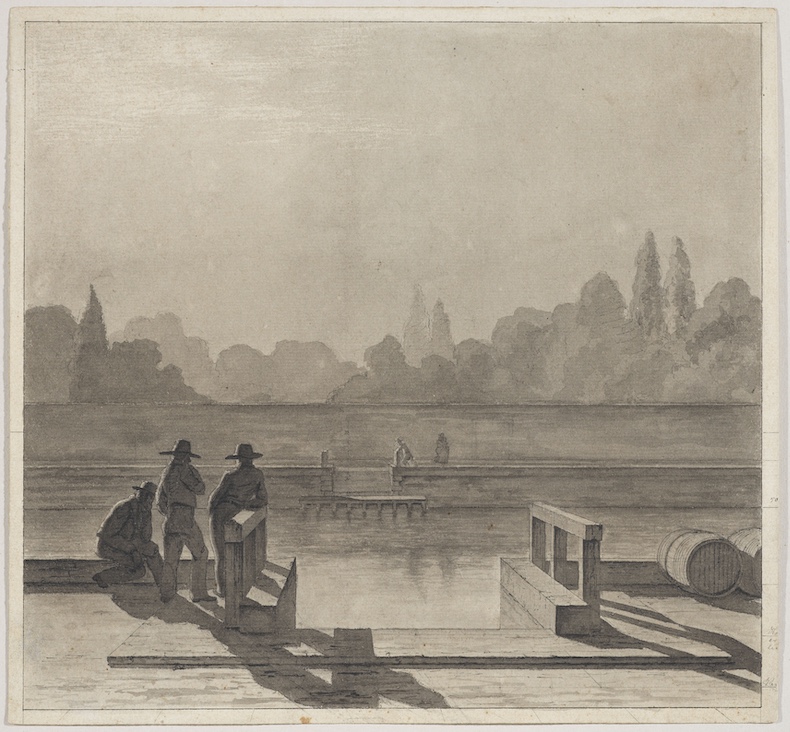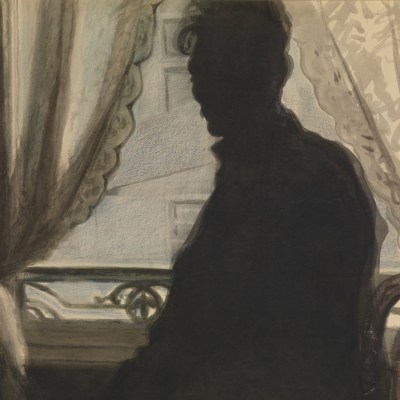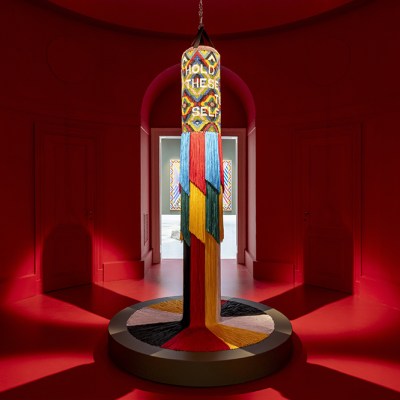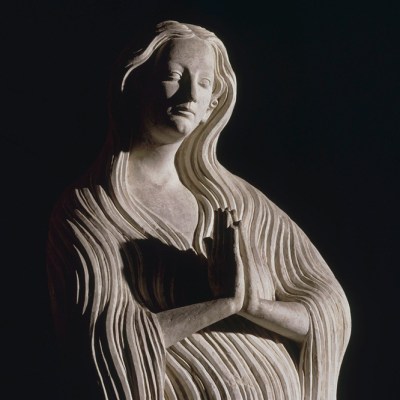Art Institute of Chicago
Autoportrait sur fond bleu (Self-portrait on a Blue Background) (1907), Léon Spilliaert
Léon Spilliaert has never quite had the reputation he deserves outside his native Belgium – it took until 2020 for a UK institution, the Royal Academy, to hold a monographic exhibition of his work. That the Art Institute of Chicago has acquired its first work by Spilliaert points to a gradually growing interest in his art, which was closely aligned with the development of Belgian Symbolism. The work in question, an early self-portrait in ink, pencil, pastel and chalk on paper, was produced in 1907 when the artist was in his mid 20s and was purchased by the museum from David Lévy Gallery at TEFAF Maastricht earlier this year. The subject’s face is shown half-turned against a deep blue background, inflecting the work with the mysterious, brooding quality that runs through Spilliaert’s many self-portraits and Belgian landscapes.
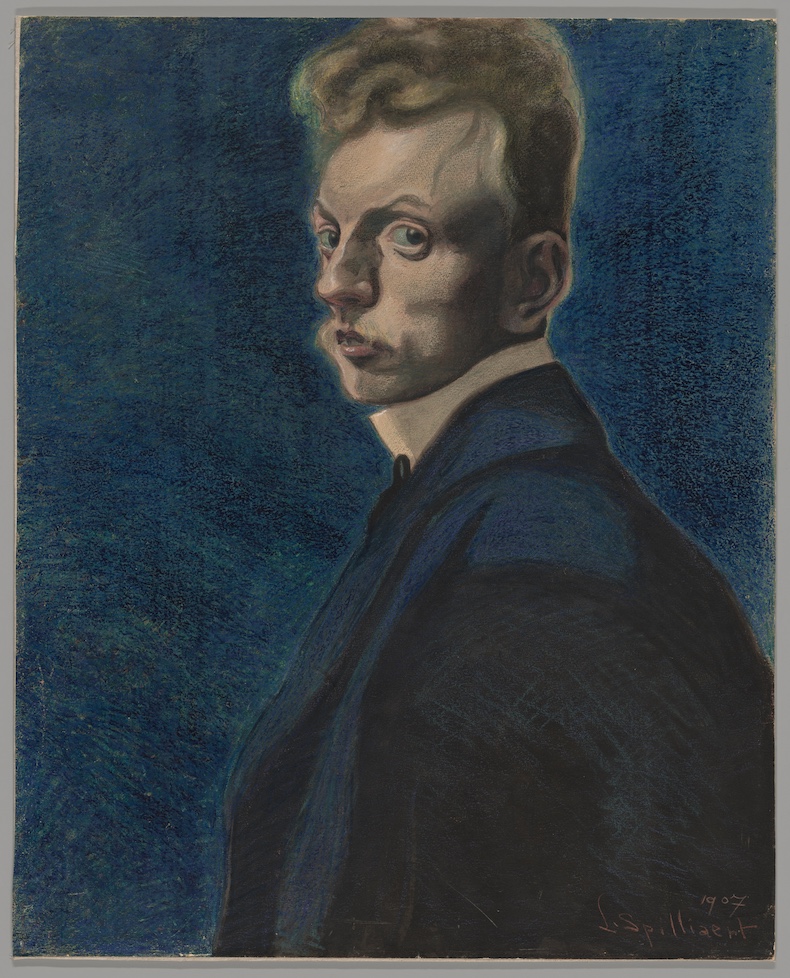
Yale University Art Gallery, New Haven
Virgin and Child Enthroned (c. 1500–05), Tilman Riemenschneider
The German sculptor Tilman Riemenschneider represents something of a bridge between the late gothic period and the Northern Renaissance, bringing a strikingly humanistic quality to his skilful religious carvings. He became widely celebrated and commissioned, opened a workshop in Würzburg at the age of only 25 and in 1520 was elected mayor of the city, before his career came to an abrupt end during the Peasants’ Revolt of 1525, during which his support for the uprising led to his imprisonment and torture. Although he sometimes worked in stone, his favourite material was limewood – so much so that he often refrained from painting his pieces to show off the natural colour and texture of the wood. His Virgin and Child Enthroned (c. 1500–05), also known as the Seebenstein Madonna, is an exquisite demonstration of his expressive style; it has been acquired by Yale University Art Gallery from the dealer Sam Fogg.
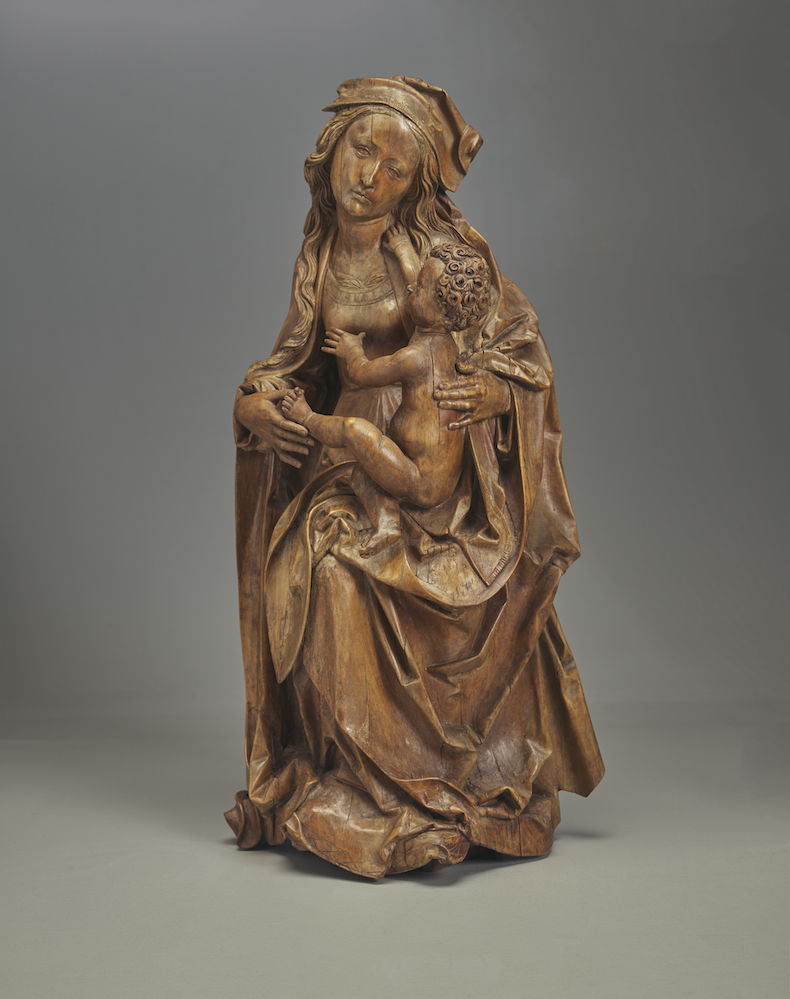
Paisley Museum
16 Scottish paintings from the collection of John Shaw
Paisley Museum in Renfrewshire, which is currently closed for a £65m refurbishment, holds one of the largest municipal art collections in the country, with particularly strong holdings of work by Scottish artists. Ahead of its planned reopening next year, the museum has been bolstered by the donation of 16 paintings by Kiran Mazumdar-Shaw, wife of John Shaw, a Glasgow-born businessman who assembled a significant collection of Scottish art before his death in 2022. The majority of the paintings are by Scots and include two works from the early 19th century by Henry Raeburn, official portraitist of King George IV; two landscapes by the Glasgow School painter James Whitelaw Hamilton; and a magnificent portrait by John Henry Lorimer of the son of the British colonial judge David Chalmers, with his dog.
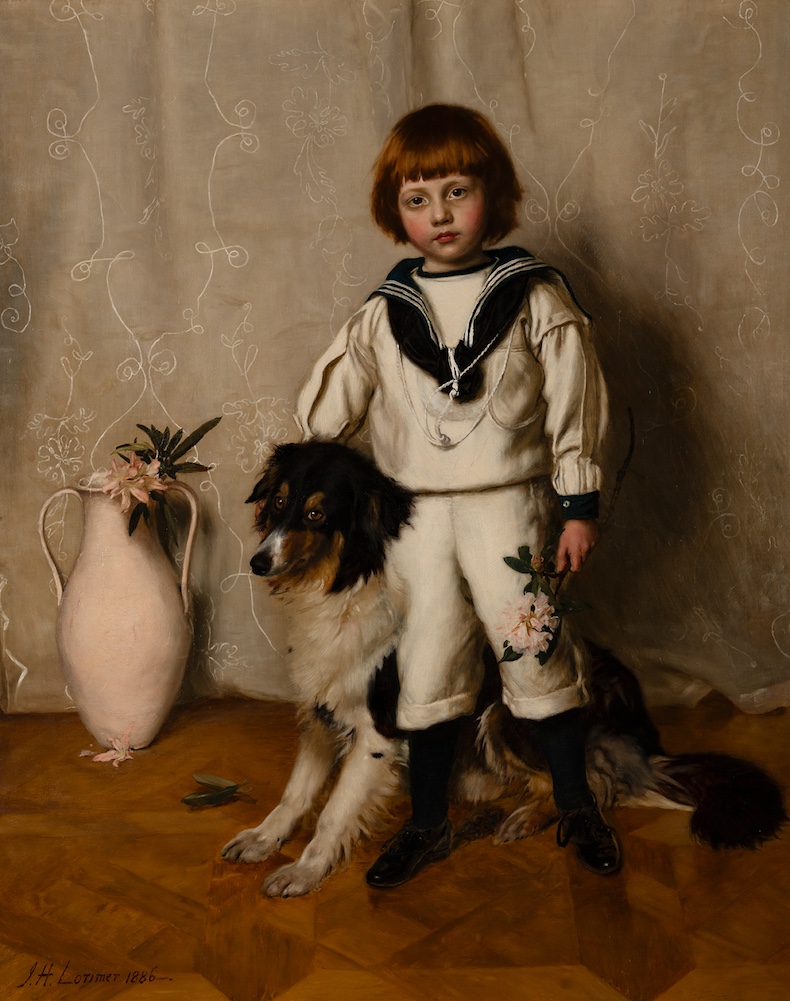
Crystal Bridges Museum, Bentonville/Art Bridges Foundation, Bentonville
90 works of Indigenous art from the John and Susan Horseman Collection
Since 2012, the St Louis-based couple John and Susan Horseman have amassed a collection of more than 300 works of art by historically underrepresented artists. They have now donated 90 works to Crystal Bridges Museum and the Art Bridges Foundation, both of which were founded by the Walmart heiress and philanthropist Alice Walton and operate as non-profit organisations. Nine of these have been given directly to the museum and the other 81 to the foundation, which will loan the works to Crystal Bridges and other public collections across the United States. Among the collection of paintings, drawings, textile art and more are works by contemporary artists such as Kent Monkman, James Lavadour and Jaune Quick-to-See-Smith, as well as earlier artists such as the Abstract Expressionist painter George Morrison, who is currently the subject of a retrospective at the Met.
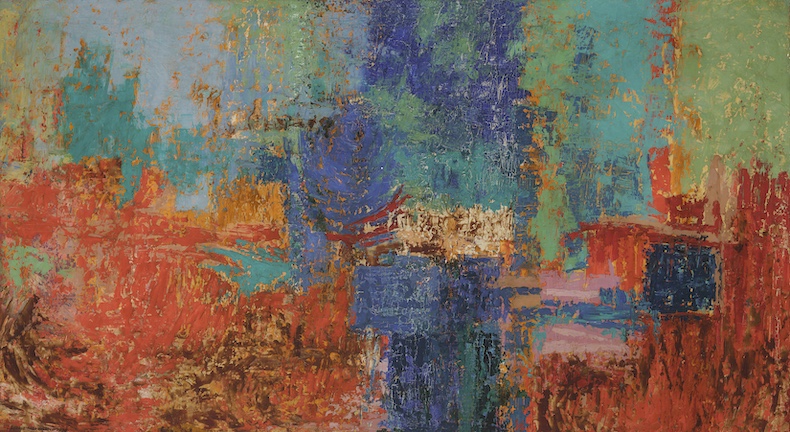
Musée du Louvre, Paris
Marble bust of François, second Duke of Harcourt (1736), René-Michel Slodtz
René-Michael Slodtz, a Parisian baroque sculptor who commanded great respect in his day, was throughout his career commissioned to produce works for a variety of aristocratic clients. Among them was the second Duke of Harcourt, a Marshal of France (like his father before him), who in 1736 on a trip to Rome – the city where Slodtz lived for much of his life – solicited this marble bust, which shows the duke in an elaborate wig and armour, and wearing a pendant signalling his membership of the Order of the Holy Spirit, a chivalric order established in the 16th century. The marble has been acquired by the Louvre and will be displayed next to a bust of the Marquis de Gouvernet by Slodtz’s better-known contemporary Edmé Bouchardon, whose neoclassical statues stand in the gardens of the Palace of Versailles.
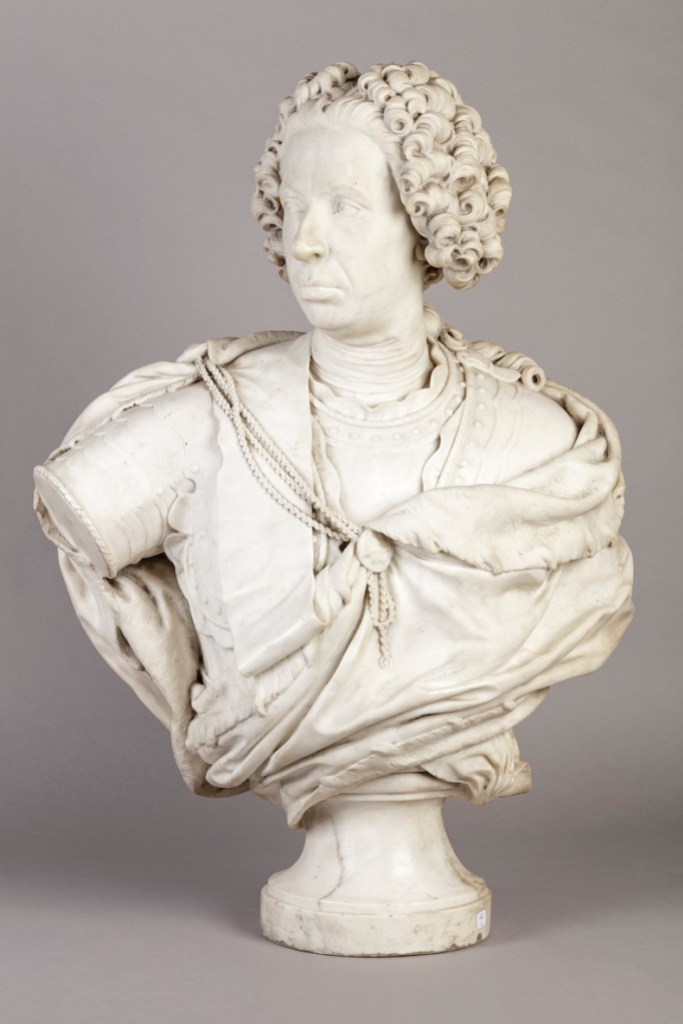
Courtauld Gallery, London
Evening atmosphere with sailors at the quay (1840), Christoffer Wilhelm Eckersberg
The Courtauld has acquired a drawing of the Nyhavn waterfront, Copenhagen, by the 19th-century Danish artist Christoffer Wilhelm Eckersberg, the vast majority of whose work is held in collections in his home country. The artist – generally considered to be the father of Danish Golden Age painting – spent time in France in the 1810s, where he worked in the studio of Jacques-Louis David. It was there that he honed his drawing technique, picking up tips from David on the use of grey wash, for instance, which is used so successfully in this work. On the margins of the paper there are lines and measurements still visible, which gives an insight into Eckersberg’s precise method of composition.
